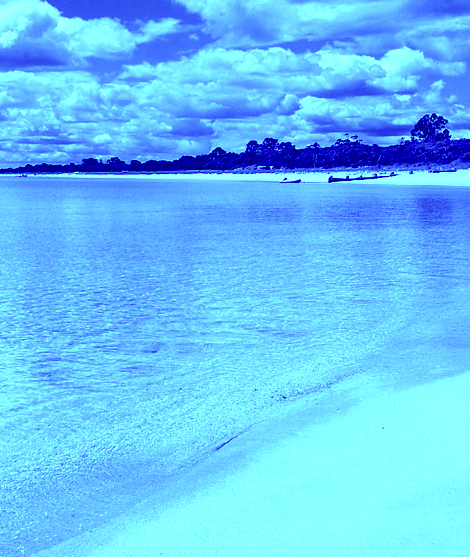Climate extremes counted
 Scientists have released a review of the “unprecedented and unexpected” climate extremes in 2022.
Scientists have released a review of the “unprecedented and unexpected” climate extremes in 2022.
Scientists and researchers at the ARC Centre of Excellence for Climate Extremes (CLEx) have released ‘The State of Weather and Climate Extremes 2022’.
The report is a collaboration between 13 of Australia’s leading climate science experts and reflects a diverse range of expertise being utilised to keep Australian and international communities safer and more prepared in an uncertain climate.
The report analyses key weather and climate extremes from 2022, including:
-
The wide ranging impacts of a third consecutive La Niña
-
Extreme heat in Western Australia the Northern Territory and Antarctica
-
An extreme cold snap in Queensland
-
Winds and hail causing widespread damage across southern Australia
-
The loss of significant sea ice and collapse of an ice shelf in Antarctica
-
Devastating floods across much of Australia and a unique “inland tsunami”
“After multiple broken records and extreme events in 2022, it’s vital for the scientific community to redouble our efforts to understand the causes, influences and implications of extreme weather and climate events” says CLEx Professor Julie Arblaster.
“Many of these extreme events were unprecedented and unexpected. Our job as scientists is to understand why and constantly evolve our work so communities and decision makers can plan for the future.
“In a warming climate some of these events may be more common or severe than in the past, so we must keep developing our technology and our underlying research on which these decisions rely.
“While there’s a lot of challenges we face in a warming climate, the good news is that there’s some outstanding researchers developing the science we need for the future.
“In 2022 we saw researchers develop innovative new ways of analysing weather radar data, better understanding of extreme events caused by multiple factors and the influence of climate patterns like La Niña. Our community is working hard to inform decision makers and help communities be prepared for the future of our climate,” she said.








 Print
Print